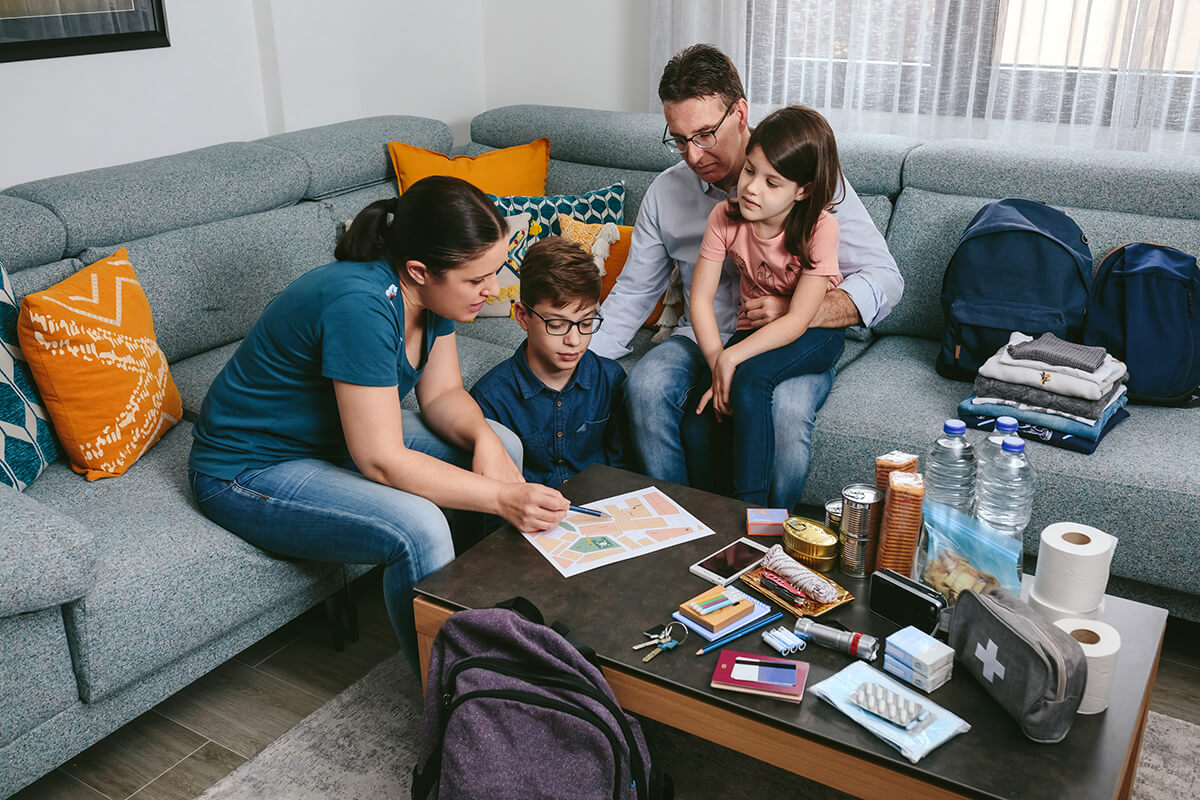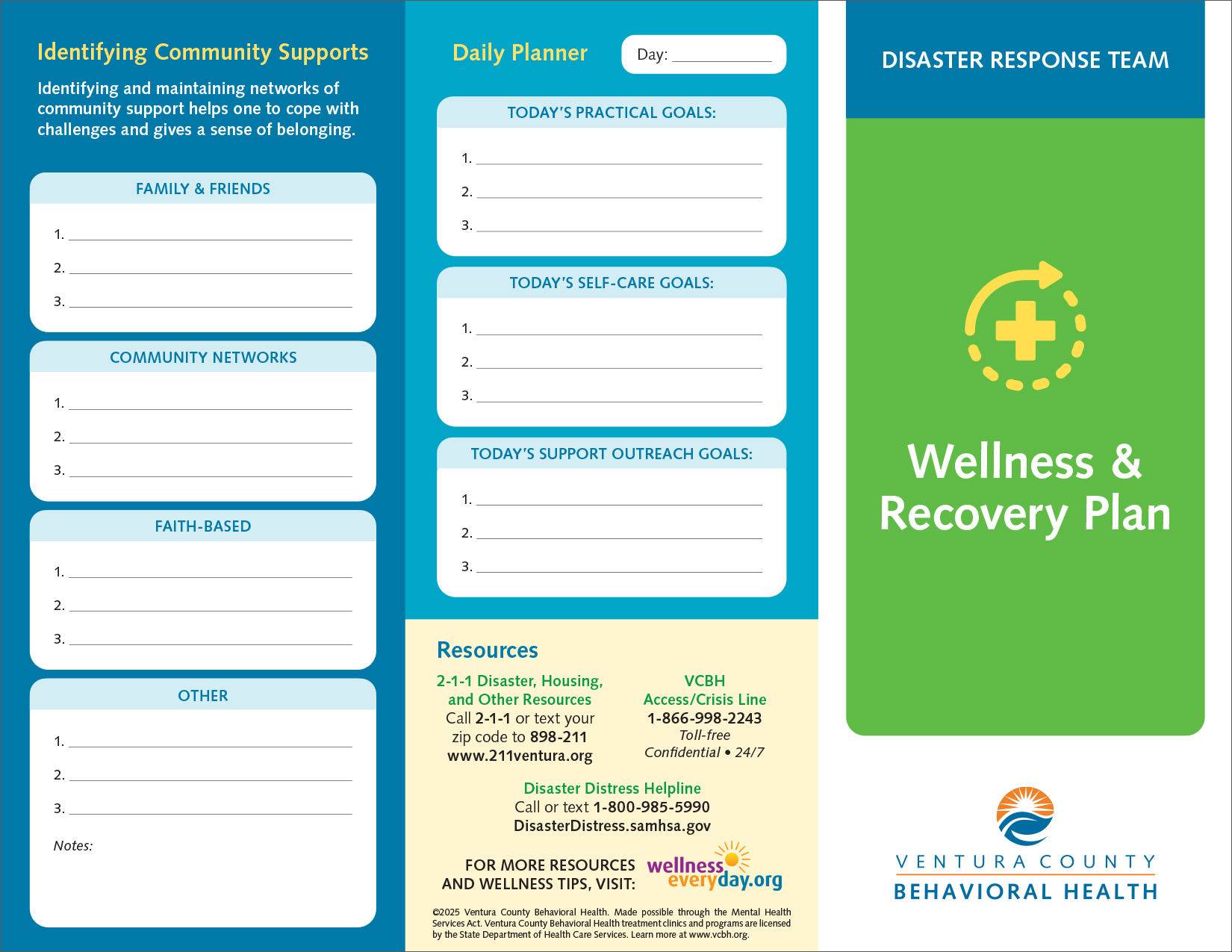Kids & Environmental Stress

Is your child worried about possible traumatic events?
It’s normal for children to be concerned when they hear about natural disasters such as wildfires and earthquakes, or any other emergency situation. These are things that may affect any of us.
Talking about it beforehand and having a family safety plan is something that can benefit everyone. It can also help with children’s stress.
Emergency Info & Contacts Card
One simple thing is for children to carry contact information in case the family is separated during an emergency. This document can be downloaded, filled in and cut and folded to fit in a wallet-size pocket.




Prepare a Family Safety Plan
Check out these resources for more ideas on how to plan ahead and stay safe. Be sure to store personal information like social security and policy numbers in a secure place.
View tips to Develop a Family Disaster Plan >
“Children are more vulnerable than adults in disasters and public health emergency situations, and they have specific needs for customized disaster planning.” – American Academy of Pediatrics
Disaster Planning Resources for Families >
Practice and Maintain Your Plan
- Quiz your kids every six months so they remember what to do.
- Conduct fire and emergency evacuation drills.
- Know two ways out of your home.
- Agree on where to meet if separated.
- Replace stored water every three months and food every six months.
- Involve your children in keeping your emergency kit up to date. For instance, what small game or other activity could be included?
- Test and recharge fire extinguishers per manufacturer instructions.
- Test smoke detectors monthly and change batteries at least once a year.
Online Safety
There are many people who scan social media for personal information and take advantage of what they see online. An example is breaking into a home when the family posts vacation photos. In particular, during an emergency:
- Don’t share your location on social media.
- If you take pictures, save in a secure album or only share with trusted contacts.
After a Disaster – Wellness & Recovery Plan


Information adapted from California Department of Public Health.



